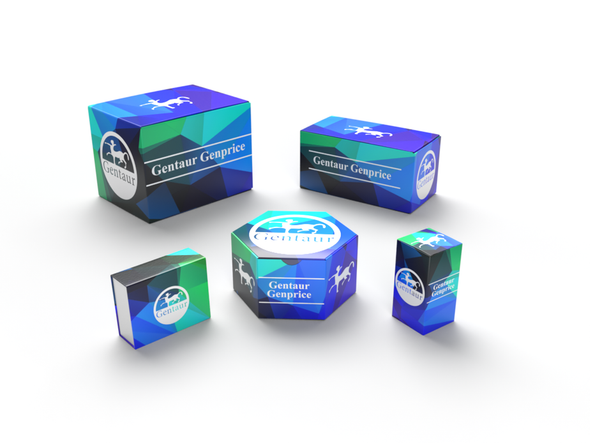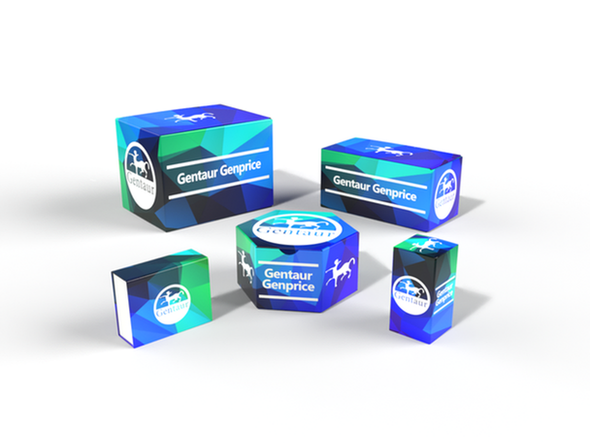Description
Mouse Acvr1 Antibody | 57-277 | Gentaur UK, US & Europe Distribution
Host: Rabbit
Reactivity: Human, Mouse
Homology: Predicted species reactivity based on immunogen sequence: Bovine, Rat
Immunogen: This Mouse Acvr1 antibody is generated from rabbits immunized with a KLH conjugated synthetic peptide between 137-166 amino acids from the Central region of mouse Acvr1.
Research Area: Signal Transduction
Tested Application: WB, IHC-P
Application: For WB starting dilution is: 1:1000
For IHC-P starting dilution is: 1:10~50
Specificiy: N/A
Positive Control 1: N/A
Positive Control 2: N/A
Positive Control 3: N/A
Positive Control 4: N/A
Positive Control 5: N/A
Positive Control 6: N/A
Molecular Weight: 57 kDa
Validation: N/A
Isoform: N/A
Purification: This antibody is purified through a protein A column, followed by peptide affinity purification.
Clonality: Polyclonal
Clone: N/A
Isotype: Rabbit Ig
Conjugate: Unconjugated
Physical State: Liquid
Buffer: Supplied in PBS with 0.09% (W/V) sodium azide.
Concentration: batch dependent
Storage Condition: Store at 4˚C for three months and -20˚C, stable for up to one year. As with all antibodies care should be taken to avoid repeated freeze thaw cycles. Antibodies should not be exposed to prolonged high temperatures.
Alternate Name: Activin receptor type-1, Activin receptor type I, ACTR-I, Serine/threonine-protein kinase receptor R1, SKR1, TGF-B superfamily receptor type I, TSR-I, TSK-7L, Acvr1, Acvrlk2, Tgfb1
User Note: Optimal dilutions for each application to be determined by the researcher.
BACKGROUND: On ligand binding, forms a receptor complex consisting of two type II and two type I transmembrane serine/threonine kinases. Type II receptors phosphorylate and activate type I receptors which autophosphorylate, then bind and activate SMAD transcriptional regulators. Receptor for activin. May be involved in left-right pattern formation during embryogenesis.


![Mouse Acvr1 Antibody (Center) [APC00082G] Mouse Acvr1 Antibody (Center) [APC00082G]](https://cdn11.bigcommerce.com/s-1rdwiq712m/images/stencil/590x590/products/55760/56064/gentaur-genprice__26005.1661610467__29809.1661628092__75433.1661676199__77988.1661684280__64362.1661692443__80802.1661836594.png?c=1)



